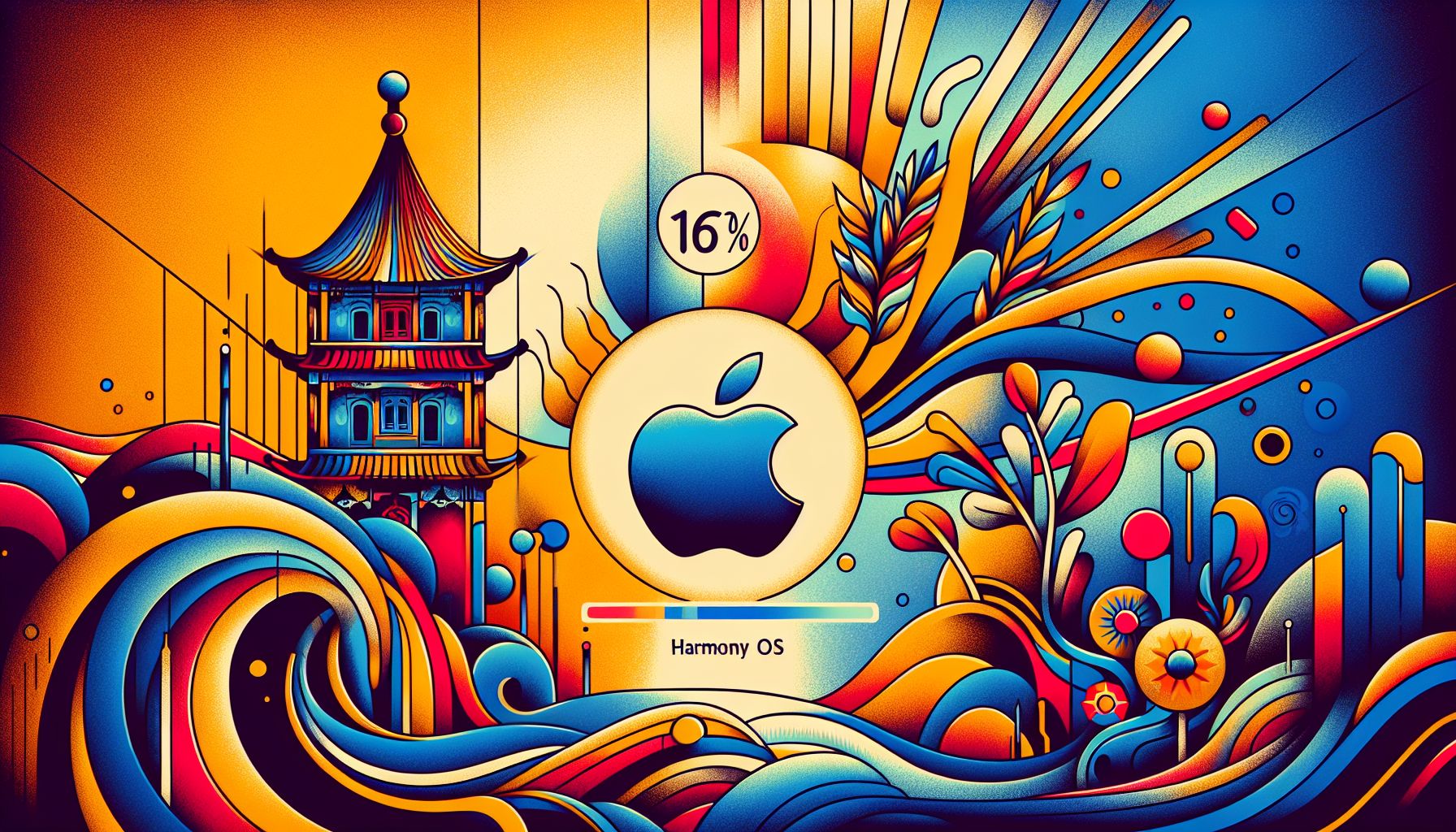Huawei's Harmony OS Surpasses iOS in China Amid U.S. Sanctions

Huawei’s Harmony OS has overtaken Apple’s iOS in China, capturing 17% market share despite U.S. sanctions, compared to iOS’s 16%.
The Impact of U.S. Sanctions
Huawei has faced significant challenges due to U.S. sanctions imposed on the company. These sanctions have restricted Huawei’s access to essential technologies and services, particularly those provided by American companies. One of the most notable impacts was the inability to use Google Mobile Services (GMS) on their devices, which severely affected their competitiveness in Western markets. Despite these setbacks, Huawei has managed to not only survive but thrive in its home market of China.
Introduction of Harmony OS
In response to the U.S. sanctions, Huawei developed its own operating system, Harmony OS. Officially launched in 2019, Harmony OS is based on the Android Open Source Project (AOSP) but does not rely on Google’s services and ecosystem. Instead, Huawei has built its own app store and services to support the platform. This strategic move allowed Huawei to bypass the restrictions imposed by the U.S. and maintain control over its software and hardware integration.
Overcoming Initial Challenges
Initially, Harmony OS faced significant hurdles. Many popular apps such as Instagram, WhatsApp, and Google Maps were not available on the platform, which deterred potential users. However, Huawei’s persistence and continuous improvements to the OS have paid off. The recent updates to Harmony OS, including the 4.2 version, have brought substantial enhancements in user experience, performance, and security[1]. These updates have made the platform more attractive to consumers who were initially hesitant to switch from iOS or Android.
Strategic Partnerships and Ecosystem Growth
Huawei’s efforts to expand the Harmony OS ecosystem have been bolstered by strategic partnerships with major app developers. For instance, Huawei is in talks with Tencent to bring WeChat, which has 1.36 billion monthly active users, to Harmony OS without revenue sharing[2]. This move, along with support from other major apps like Douyin (the Chinese version of TikTok), has significantly increased the platform’s appeal. Huawei aims to have 5,000 apps supporting Harmony OS by the end of this year, with plans to grow this number to 1 million in the future[2].
Market Performance and Future Prospects
The growth of Harmony OS in China is a testament to Huawei’s resilience and innovation. The OS now holds a 17% market share, surpassing Apple’s iOS, which stands at 16%[3]. This achievement is particularly impressive given the competitive nature of the Chinese smartphone market, which is the largest in the world. Huawei’s ability to adapt and innovate in the face of adversity has not only secured its position in the domestic market but also laid the groundwork for potential expansion into other regions.
Conclusion
Huawei’s journey with Harmony OS illustrates the company’s strategic acumen and determination to overcome external challenges. By developing its own operating system and building a robust ecosystem around it, Huawei has managed to turn a significant obstacle into an opportunity. As Harmony OS continues to evolve and gain traction, it will be interesting to see how it shapes the future of the global smartphone market.

